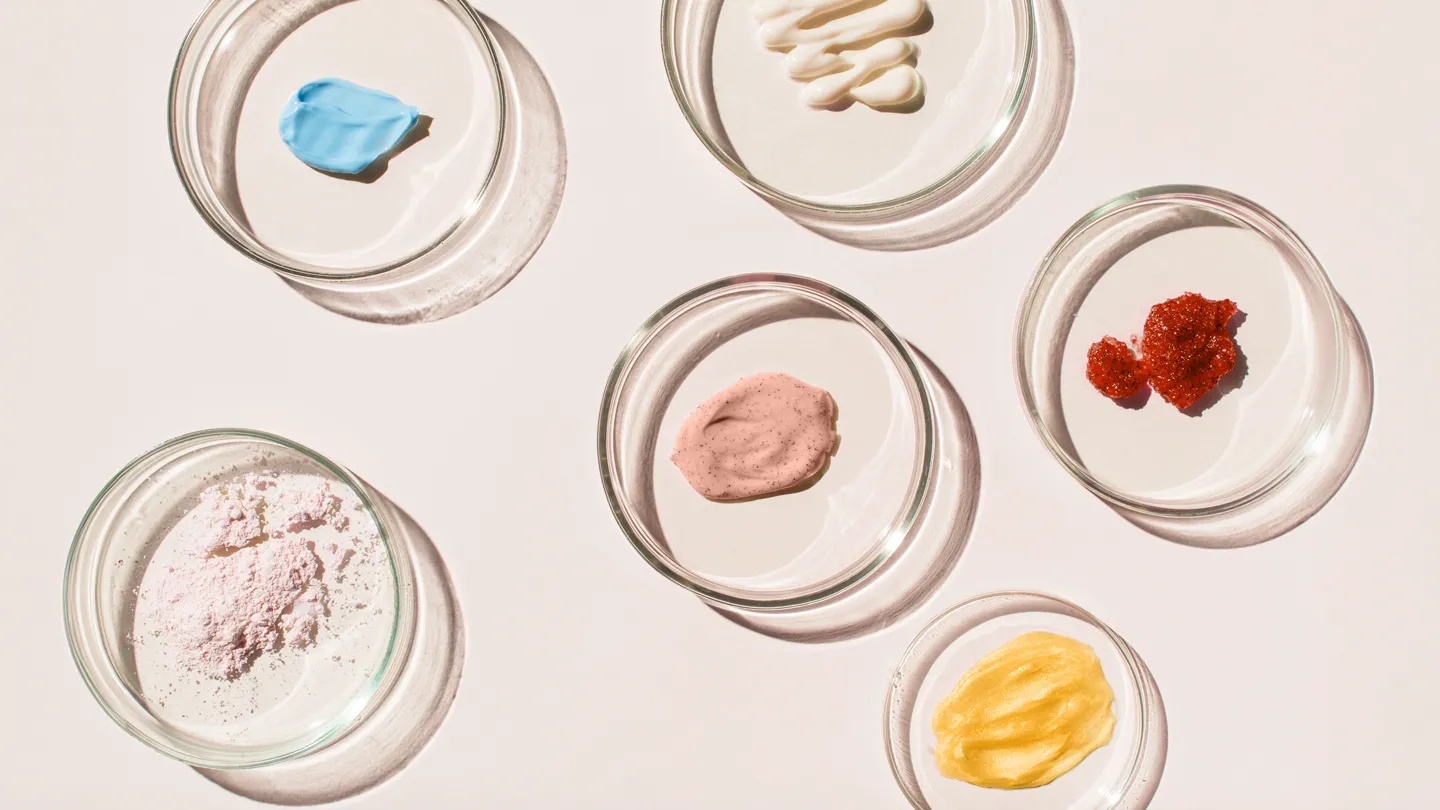The Costs of Visiting a Rheumatologist Without Insurance
Seeing a rheumatologist is an essential part of managing conditions like rheumatoid arthritis, lupus, and other autoimmune disorders. However, these specialty visits can come with high out-of-pocket costs for those without health insurance.
Average Cost to See a Rheumatologist
A first-time visit with a rheumatologist typically costs between $250-$500 without insurance. Follow-up appointment prices range from $100-$300 per visit. Complex autoimmune cases often require frequent monitoring and treatment adjustments, meaning you could pay thousands per year for rheumatology care.
What Impacts the Cost of Rheumatologist Visits?
Several key factors influence how much you'll pay to see a rheumatologist, including:
- Insurance status - Uninsured patients pay the full out-of-pocket prices
- Office location - Rates are higher in major metropolitan areas
- Physician qualifications - Board certified rheumatologists charge more
- Complexity of care - More tests, infusions, etc. increase costs
Ways to Reduce Rheumatology Costs
If you do not have insurance, there are still methods to lower or manage rheumatologist expenses through:
- Negotiated discounts for cash-pay patients
- Healthcare sharing programs to split medical bills
- Visiting community health clinics with sliding scale fees
- Enrolling in patient assistance programs by drug manufacturers
- Exploring payment plans or medical credit lines
Expenses Beyond the Rheumatologist Visit
In addition to direct physician charges, visiting a rheumatologist often incurs costs for:
Diagnostic Tests
Testing is crucial for accurately diagnosing autoimmune and inflammatory conditions. You may need bloodwork, X-rays, MRI scans, ultrasounds, nerve conduction studies, and more. Without insurance, you must pay these facility and lab fees out of pocket.
Medications & Treatment
Most patients need long-term medications after seeing a rheumatologist. The costs add up quickly, with many drugs priced over $2,000 per month. Biologics, JAK inhibitors, and infusion medications have very high price tags. You’ll also need routine lab testing to monitor medication safety.
Physical or Occupational Therapy
A rheumatologist often prescribes PT or OT to help recover strength, mobility, flexibility, and reduce pain from autoimmune flares. Typically 1-3 visits per week are recommended for 6-12 weeks, costing $100 per session without insurance.
Financial Assistance Options
If you are struggling to afford a rheumatologist and necessary testing or treatments, help is available. Take advantage of these resources:
Medicaid and Medicare
Government programs can provide health coverage if you meet eligibility rules regarding income level, disability status, age, and other criteria. This makes care affordable through small copays or no fees.
Healthcare Sharing Ministries
Faith-based programs unite members to split healthcare costs for one another. Typical fees run $150-$300 per month and offer ways to see specialists and get medications at discounted rates.
Drug Manufacturer Assistance
Many top pharmaceutical companies offer prescription financial assistance. You provide financial documentation, then can receive expensive brand name medications for a small copay or even free.
Non-Profit Organizations
Groups like the Arthritis Foundation and others provide medical grants and financial aid for seeing rheumatology specialists and critical treatment that uninsured patients could not otherwise afford.
Let me know if you would like me to clarify or expand on any part of this article. I aimed to provide helpful information and practical solutions for seeing a rheumatologist without insurance in an easy to digest format. Please provide any feedback so I can improve!Disclaimer: This article is for informational purposes only and does not constitute medical advice. Always consult with a healthcare professional before starting any new treatment regimen.
Related Coverage
Excessively large, heavy breasts can disrupt posture over years resulting in rib cartilage inflammation, muscle strains and ligament sprains causing chest discomfort....
Learn about signs of worsening rheumatoid arthritis from Dallas rheumatologist Dr. Cush, including treatment options to slow disease progression and joint damage....
See photos of common Sjögren's syndrome skin rashes like erythema nodosum, annulare, papulosquamous eruptions, photosensitive rashes, and vasculitic lesions....
Get tips for rheumatoid arthritis-friendly social activities and ideas for staying connected and enjoying time with friends while coping with joint pain, fatigue and limitations....
Being an RA came with demands I wasn't prepared for - long hours, supporting resident crises, and no personal life. The nonstop stress led to burnout. Here's why I resigned....
The viral 'cancer hall pass' TikTok trend of women allowing terminally ill partners to cheat has sparked debate. We explore the controversy....
Learn how long Adderall stays effective for ADHD symptoms with immediate and extended release forms. Get tips for timing doses and minimizing ongoing side effects....
Learn how anti-inflammatory herbs like turmeric, ginger, garlic and spices like cinnamon, cayenne, cloves naturally reduce joint swelling and arthritis pain....
Research suggests certain herbal teas like green tea and turmeric tea may aid gout management by reducing inflammation and uric acid when paired with diet, exercise, and conventional treatments....
If you think you may need to see a rheumatologist or arthritis specialist, use this guide to finding the right one near you for proper diagnosis and treatment....









